Certifications
LEDRHYTHM is an ISO 9001:2015 certified LED lighting manufacturer. This means our production processes, quality control, supply chain management, quality tracking and continuous improvement all meet international standards, ensuring consistency and traceability of every batch of products.
Product-wise, our LED lighting series each have different international certifications and testing standards. Such as CE/RoHS, CB/IEC, UL/DLC, ENEC/TUV and SAA.
These certifications are not only a prerequisite for market entry but also a guarantee of quality and technical support for our partners. We will explain the applicable markets and technical standards for these certifications. You can also contact us to view the certification details for any LED product.
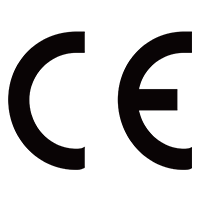
CE, short for Conformité Européenne, indicates that a product complies with EU safety, electromagnetic compatibility (EMC), health, and environmental requirements. This allows the product to be legally sold and installed in the EU market. It also certifies that the product complies with electrical safety and electromagnetic compatibility testing standards.
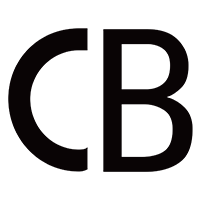
The Certification Bodies’ s Scheme (CB) has its origin in the European "Commission for Conformity Testing of Electrical Equipment" (CEE) which merged with the IEC in 1985. It is a multilateral agreement to allow international certification of electrical and electronic products so that a single certification allows worldwide market access.
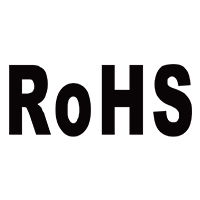
RoHS stands for Restriction of Hazardous Substances and primarily targets the detection and restriction of six toxic substances in electrical and electronic products: lead, mercury, cadmium, hexavalent chromium, PBB, and PBDE. This ensures that these products are harmless to humans and do not release harmful chemical gases.
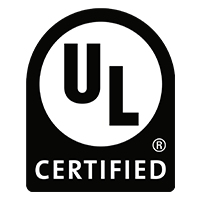
UL (Underwriters Laboratories) is the most authoritative safety certification organization in North America. For LED lighting products, UL certification means they meet US and Canadian electrical safety standards and are safe for installation in commercial, industrial and sports facilities. Products without UL certification will not pass engineering inspections.
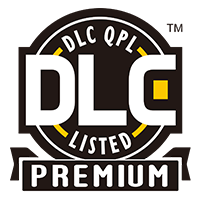
DLC (DesignLights Consortium) is a third-party organization in North America specializing in LED lighting products. It offers two levels of certification: DLC Standard and DLC Premium. Premium is the highest level, with stricter requirements, including higher luminous efficacy and lower lumen decay.
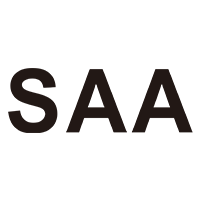
SAA is the certification mark of Standards Australia / Standards New Zealand and is a mandatory safety approval for entering the Australian and New Zealand markets. Without SAA, products cannot be legally sold in Australia/New Zealand.
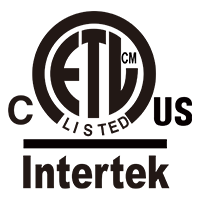
ETL is a certification mark issued by Intertek Laboratories. Like UL, it belongs to the OSHA-recognized National Laboratory (NRTL) system and has the same legal effect as UL in the North American market. ETL products can also be legally installed and used in the US and Canadian markets.
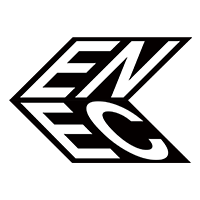
ENEC (European Norms Electrical Certification) is an EU safety certification for high-specification lighting. It is more stringent than CE and is particularly used in public lighting, sports stadiums and government bidding projects. It has stricter requirements for electrical safety, photobiological safety.

GS (Geprüfte Sicherheit) mark, issued by a German authorized agency, combines European and German safety standards. It is particularly authoritative in German-speaking markets (Germany, Austria, Switzerland). While GS isn't mandatory, but it is widely accepted worldwide.
